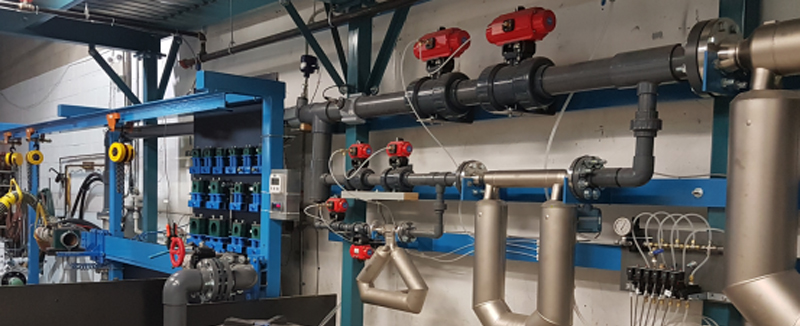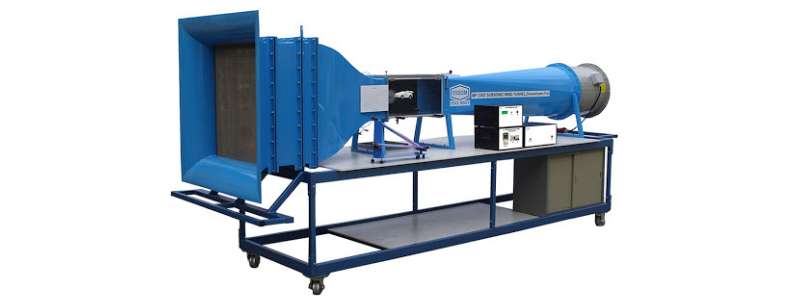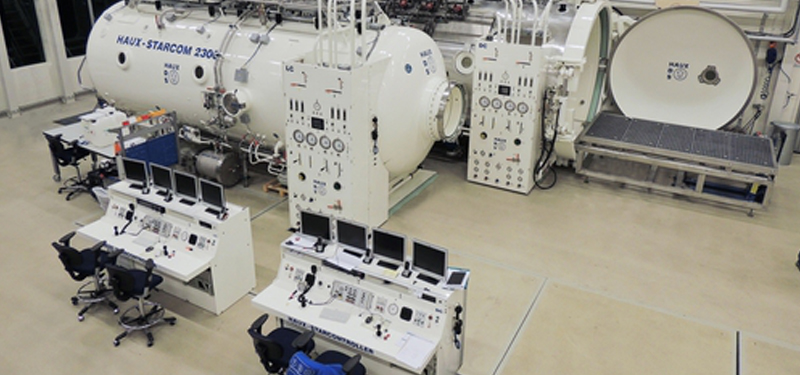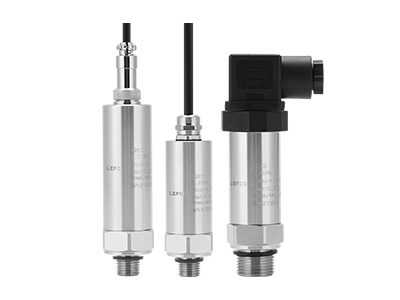Transmisor
High accuracy pressure transmitter applies a silicon strain diaphragm embedded in an oil-filled steel housing and the repeatable & low hysteresis properties of silicon are exploited by the difference normalization digital amplifier to provide precision optimized measurement results around the ambient temperature range. A four Wheatstone bridge is diffused into a silicon wafer and then micro-machined to exacting standards to produce a pressure sensor.
In Lefoo, one of the top pressure transmitter suppliers, Through a high precision and long-term stability, these high accuracy pressure transducers and transmitters are particularly suited for applications in flow or in any facility where high-precision measurement is required. They are used as pressure measuring devices in modern automated industries for higher energy efficiency and longer equipment lifespan. These characteristics make it a valuable tool in metrology, hydrology, oceanography, and industries.



Testing technology
Calibration technology
Geoscience/hydrology
High accuracy pressure sensing in original equipment manufacturing (OEMs)
Aerospace / Military
Laboratories and maintenance shops
Leak and burst applications
Wind tunnels
Level monitoring
OEM / Test Bench
Aviation
Accoring to lefoo, There are many factors that influence the choice of a sensing device in a certain application. Gauge pressure sensor, absolute or differential, transducer or transmitter, measurement range, fitting style/size, and absolute maximum ratings such as burst pressure are among the most important.
Making the right choice can then be guided by considering factors that affect accuracy. The major high accuracy pressure transducers characteristics that influence accuracy are temperature coefficients, temperature hysteresis, pressure hysteresis, and non-linearity. Applicable temperature coefficients include temperature-related changes to zero offset, sensitivity, and measurement span.
The LFT2010 high accuracy pressure transmitter for a high-temperature application over 85 °C will cause permanent damage to accuracy. The ideal working temperature is within the range of -10°C to 70°C. For example, there are some common high precision pressure sensoron the market with 0.5% accuracy( not LEFOO products). The 0.5% FS accuracy does not include the permanent temperature error which is an additional 0.02%X3=0.06% per degree per second.Celsius.The extremely high temperature will ruin the accuracy and the sensor in seconds.
To reduce this additional temperature error and assuming you have the ability to calibrate the sensor when the temperature is between 80 and 90°C, LEFOO pressure control treats the error from room temp up to 90℃ as a calibration shift since you are only interested in optimizing performance between 80 and 90°C. So the easiest way to reduce the temperature error is to check the output signal at zero and full-scale pressure when the temperature is at its mid-point 85°C. If you are not able to set full-scale pressure, an even simpler method is to just check the zero shift at 85°C since most of the thermal error is typically contributed by the thermal zero shift.
LEFOO offer ODM and OEM pressure transducers that have excellent long-term stability, linearity, repeatability. LEFOO can also supply custom-configured banks of transducers in calibration test carts, racks, or benches to fulfill a specific need for flexibility in pressure range and temperature compensation.
The custom systems can contain a variety of components including controlling software, pressure controllers, pressure switch and any customer-specified ancillary equipment necessary.
22 Oct 2023
Entrar en el futuro: la evolución de las bombas peristálticas de motor paso a paso14 Oct 2023
Manipulación innovadora de fluidos: el viaje de la bomba peristáltica del motor paso a paso hacia la precisión06 Oct 2023
Control de precisión y fluidos: revelar la potencia de la bomba peristáltica del motor paso a paso24 Sep 2023
Aprovechar la innovación: el futuro del tratamiento de agua con bombas purificadoras de aguaConsulta de productos
 English
English  français
français  Deutsch
Deutsch  Español
Español  italiano
italiano  русский
русский  português
português  العربية
العربية  Türkçe
Türkçe  Zulu
Zulu 
